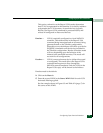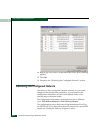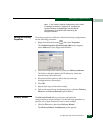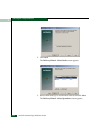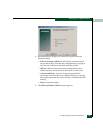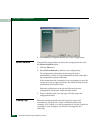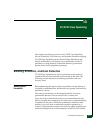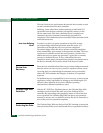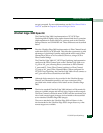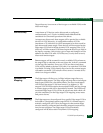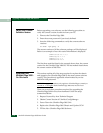
FC/SCSI Tape Pipelining
10-1
10
FC/SCSI Tape Pipelining
This chapter provides an overview on FC/SCSI Tape Pipelining
(Device Extension), LUN discovery, and dynamic and static mapping.
FC/SCSI Tape Pipelining on the UltraNet Edge 3000 allows tape
backup performance over distances up to thousands of miles. It
performs over long distances without the distance performance
penalty found in non-pipelined operations.
Buffering, Emulation, and Data Protection
FC/SCSI Tape Pipelining uses device emulation as the means to
extend the devices from one end of the network to the other. The
following sections discuss how buffering, emulation and error
recovery work.
Buffering and
Emulation
Before addressing the impact of device emulation on tape backup, it
is helpful to understand how buffered devices operate when natively
attached to a server.
The concept of buffering was developed primarily to increase
performance between a server and a device’s control unit.
Upon receiving a command from the server, non-buffered devices
need to complete the command in its entirety prior to acknowledging
completion to the server. While this synchronous method of data
transfer is very safe from a command completion perspective, it
creates I/O performance issues for the server by tightly coupling each
command completion to overall completion of the host I/O transfer.



